
Dying Light 2 is a project that has had a lot of trouble during its development. On the one hand with the repeated delays in its release, and on the other hand with Chris Avellone's involvement in the writing of the script, which was abruptly cut short due to accusations of sexual harassment directed at Mr. Avellone. Usually, such episodes do not have a good influence on the final result, which usually concerns either key areas of gameplay or even technical problems that take a long time to resolve. Fortunately, Techland managed to rise to the occasion against perhaps its most important asset, presenting a highly remarkable and entertaining sequel.
A sequel that starts right after the events of the original Dying Light, where if you remember, those of you who were lucky enough to be involved with it, the whole thing revolved around the drug "Antizin", which proved to be highly effective against the infectious disease Harran, which was known to turn humans into bloodthirsty zombies. Of course, if there is one thing that has no limit in the world we live in, it is human stupidity, especially when combined with greed. In the attempt by various governmental organizations, especially the GRE, to control the Harran virus and use it as a biological weapon for military operations, things have gone seriously wrong. So badly that an advanced version of the virus (THV) escaped the labs completely and spread around the world. Consequently, the world as we know it does not exist. It has been replaced by a post-apocalyptic setting, where the earth is populated mostly by zombies roaming around ashore and the remaining survivors are trying to survive by any means possible, mostly staying on the tops of destroyed city buildings.
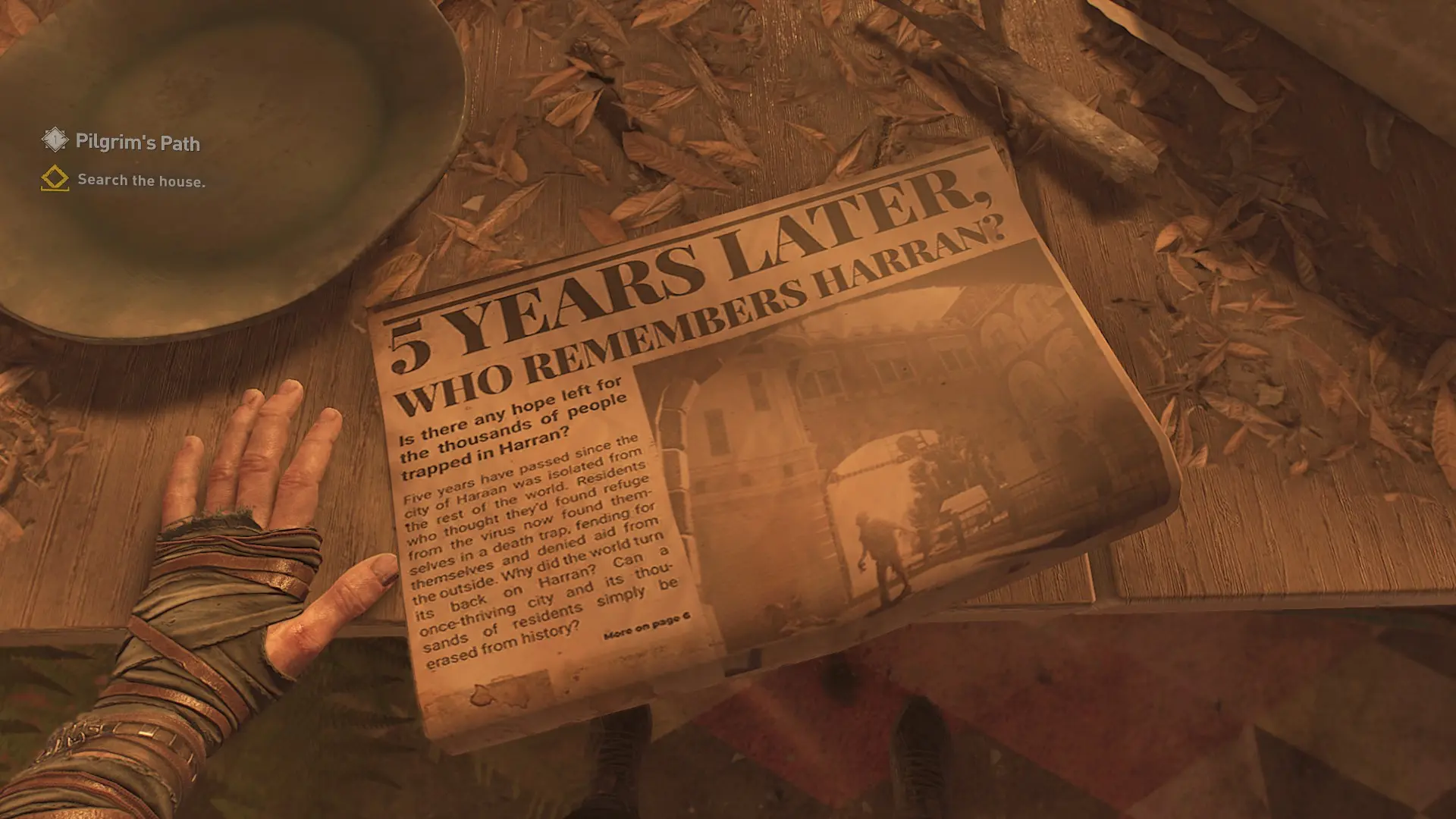
One such city is Villedor, which our protagonist Aiden wants to reach, fifteen years after THV's disastrous outbreak on the world map. Aiden holds the title of Pilgrim, which translates into a rare "profession" for the time period in which the game is set. Pilgrims have the ability (excessive courage? ignorance of danger?) to walk outside the walls of cities and perform the most dangerous missions (for money, of course), which involve carrying valuable objects. Obviously courier companies have long since ceased to offer their services.
But Aiden is not just a Pilgrim. For some unknown reason, he possesses enhanced muscle abilities, which has allowed him to live much longer than the average Pilgrim. One reason is this. The second is the serious motivation he has to find out the whereabouts of his sister, Mia, with whom he shared a clinic room(?) many years ago.
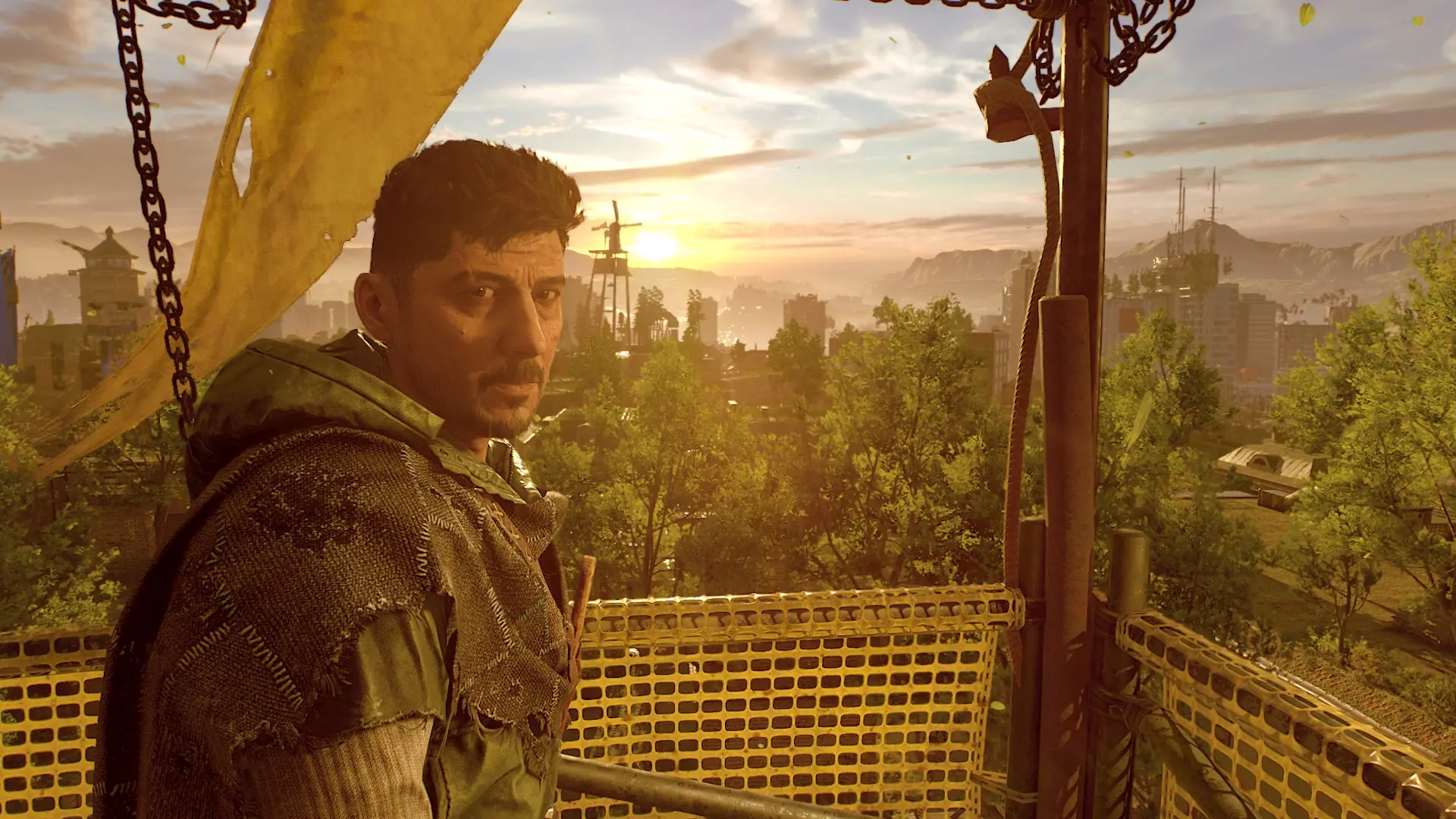
Her trail leads to the aforementioned city of Villedor and this is where our adventure begins, which includes a story with several twists and turns, lots of zombies and plenty of parkour. Although Dying Light 2 features an open-world approach, the narrative element is very strong and it's obvious how much Chris Avellone put his hand in, both in the dialogue and in the plot development. Without containing anything we haven't seen before, without hesitation we would say that it has one of the most well-written scripts of the genre. And the fact that during the adventure we are able to make various choices that will have an impact on the later course of the game can only be described as a positive thing.
After all, not everyone in Villedor lives healthy, united and rallied against the common threat. This is a town where all the inhabitants are infected with THV, but they are kept alive thanks to sunlight and ultraviolet lamps, which prevent the virus from spreading throughout the body. Their identity is a bracelet, which when it turns green, they are safe, and if it turns red, it means they are out of vitamin D and will soon turn into monsters. At the same time, the city is divided into factions, with the Survivors and Peacekeepers feuding over who gets to hold the reins of the city, while somewhere in between are the super-violent Renegades, who in turn serve their own purposes. How we manage our relationship with these factions in order to reach our own ultimate goal (i.e. finding Mia) is up to us.
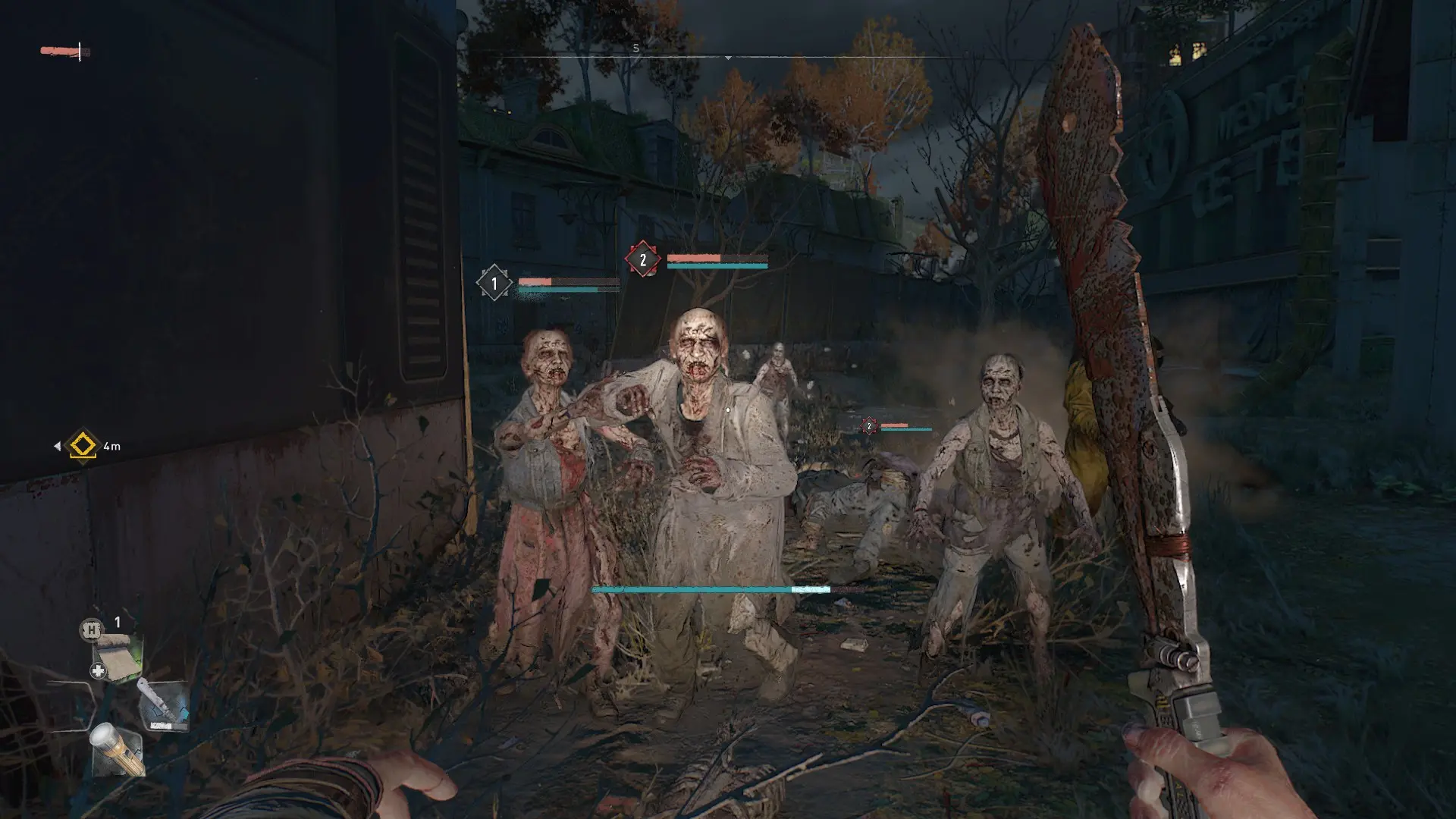
However, the feature that makes Dying Light 2 stand out is not its script or its alternative paths, but the implementation of parkour. Far from the automation we've grown spoiled by Ubisoft's productions, the game puts almost entirely the control and responsibility of Aiden's physical integrity in our hands, and it does it really well. Thanks to the responsiveness and solid handling though, moving from one place to another is enjoyable, as we can climb almost anywhere, and although "pointers" as to where to move often appear, nothing prevents us from trying alternative ways of access. And especially when we upgrade our character, gain new abilities and aids (such as the paraglider), our options are multiplied. Besides, the city is laid out in such a way that it caters to parkourists, being full of ropes, ramps, mattresses and anything that can benefit our quick passage, especially on the rooftops and tops of buildings, where we will spend most of our time running. After all, the ground is choked with undeads.
Backed by a great parkour system, Dying Light 2 enriches its environment with dozens of missions, either those related to the main story or side quests that can sometimes play a role in the development of the story. In fact, it's to be welcomed that the majority of the side quests are not just fetch-me-this-object, but have a clear beginning, middle and end, as would be the case in a good RPG. Beyond these, there are countless other activities that flood the game's already huge map: random events (e.g. save the survivors from zombie attack), parkour challenges, collecting supplies, climbing windmills (in a Far Cry-ish approach) killing Revenants and there's no end to it. If there's one thing that Dying Light 2 excels at, it's keeping us constantly engaged.
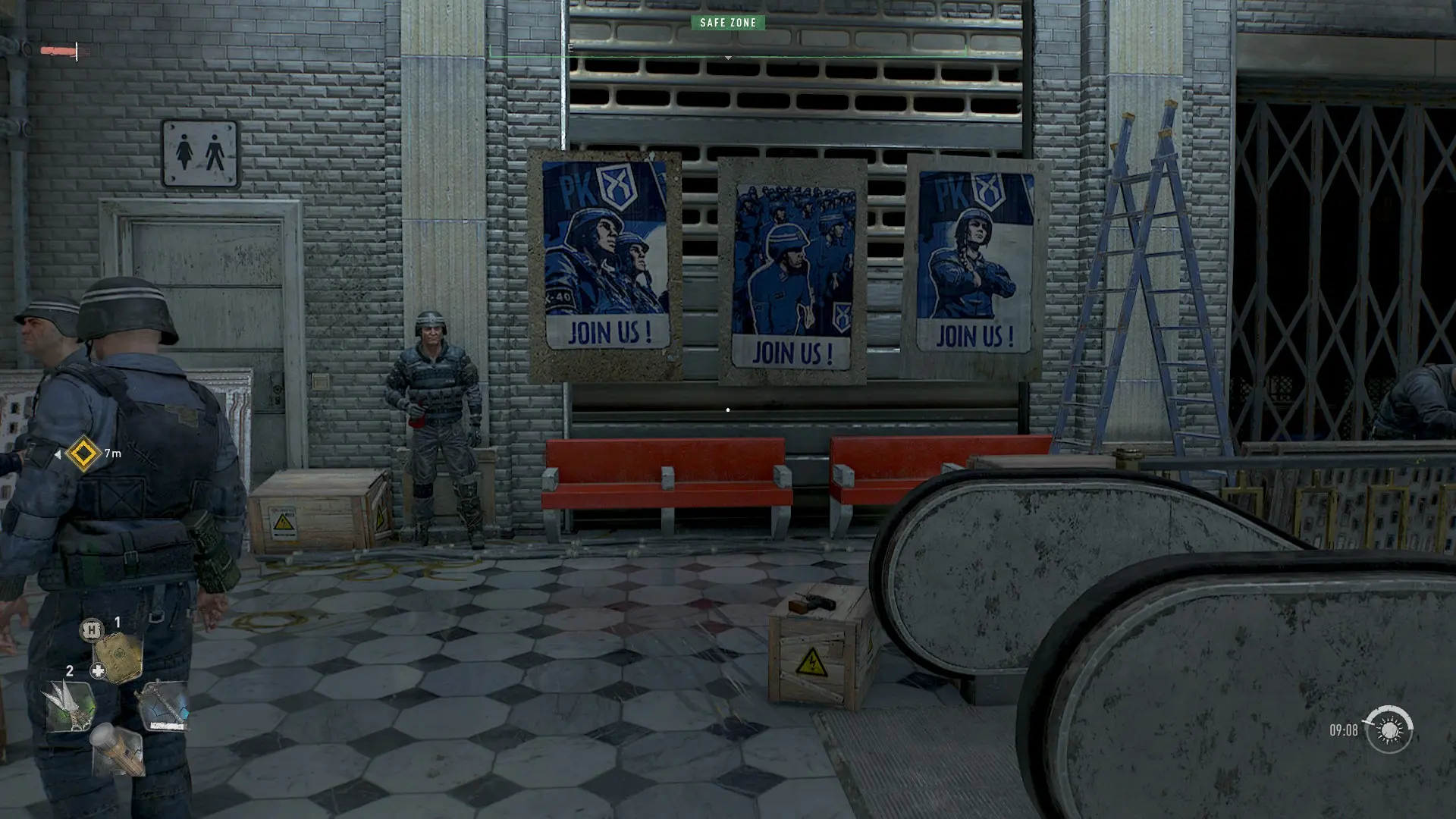
As we perform parkour moves/fight enemies and especially after the successful completion of each mission, the game rewards us with an amount of Combat and Parkour Points, which unlock more moves in the corresponding skill tree. This amount increases significantly if we do all of this during the night, which as was the case in the first game, is dangerous for anyone not ravenous for human flesh. The day-night cycle is again one of the main pillars of the game's gameplay. Night may seem (and be) threatening, so the only thing we want to do is sleep in a safe zone until dawn, but night time raids have more and better rewards.
On the one hand, because it's easier to collect various items inside the buildings, since all the zombies are then roaming the streets, but also because we have more opportunities to collect inhibitors. These items significantly strengthen Aiden, giving him notable health and stamina boosts, allowing him to take more hits and perform stunts for longer. Besides, Aiden can't stay away from the light for too long because he will transform (=game over), being a THV carrier as well, so the time we can endure without the warm aura of light increases as we empower him.
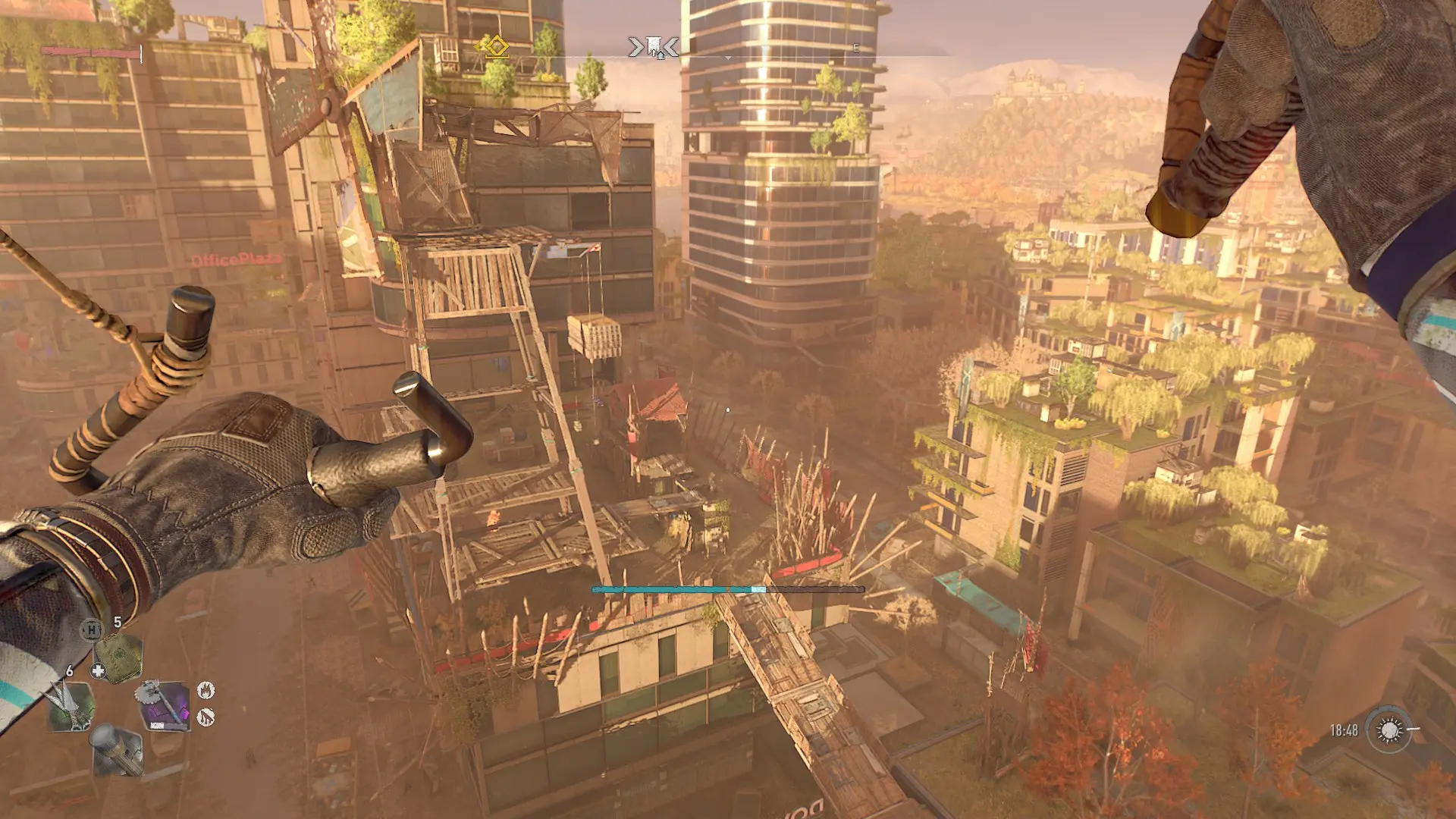
Therefore, every now and then it is worth putting aside the human issues of the day and venturing out of our shells if we want to ease our situation later on. After all, if something goes wrong, at most we may be spotted by a howler (a kind of screaming zombie) and embark on our familiar chases, which have four levels of danger for as long as we are around, with the ultimate goal of reaching a safe zone before we become munchies. Here, however, we will comment negatively on the fact that the stress of the chase and the night in general does not compare to that of the first game. In general it's quite simple to escape from the zombies that chase us, and the inevitable fights with them, while fun, are rather easy and only if they surround us do we really get it bad.
Battles are almost entirely fought with melee objects such as knives, axes, crowbars, sledgehammers, etc. You won't even find firearms for a sample, and the only type of ranged attack found in the game is carried out with bows, but we wouldn't say they're game-changer - more of a complementary role. Consequently, you'll be forced to get your hands and clothes bloodied, whether you're facing zombies or human enemies.
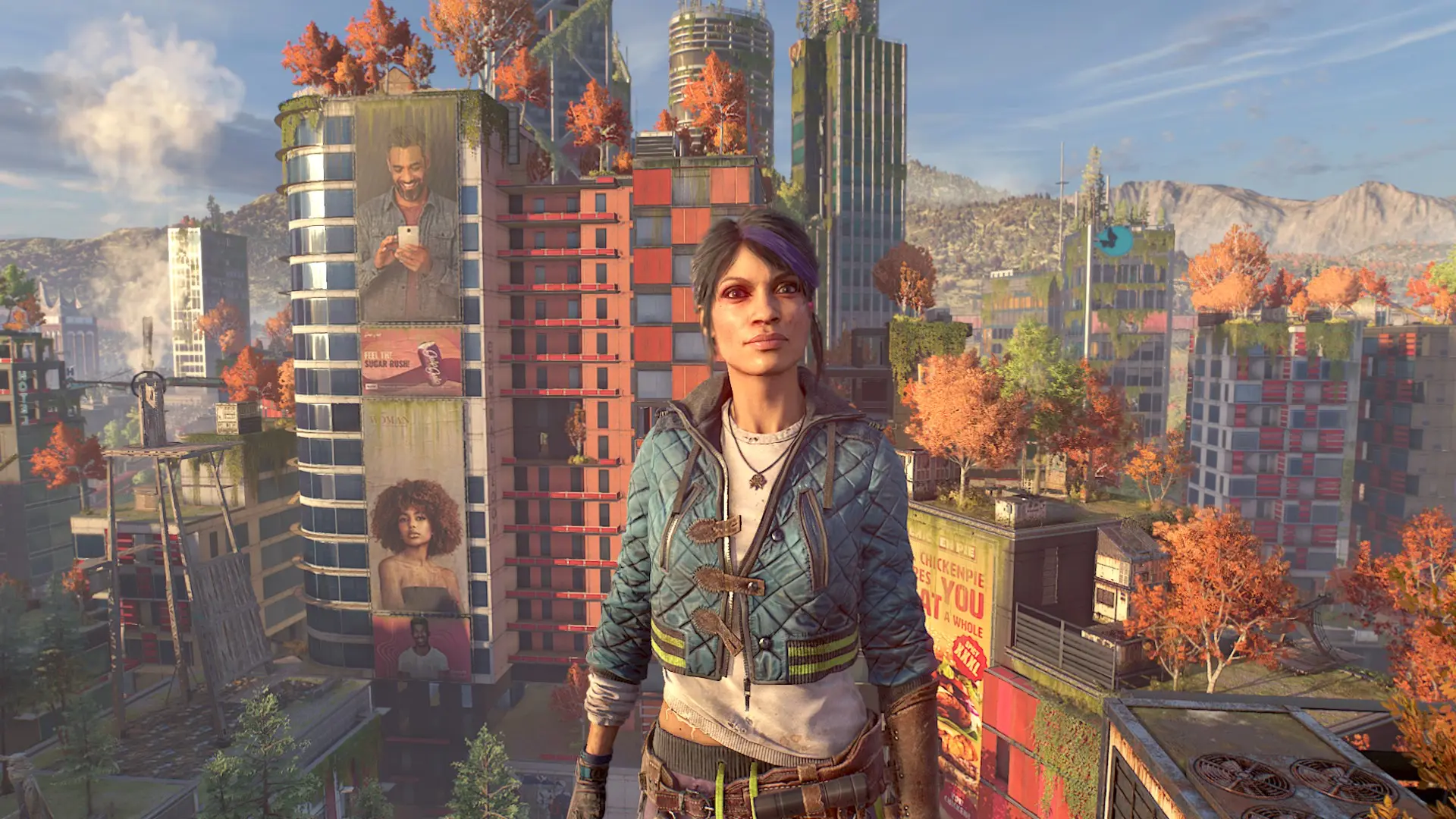
In both cases, what we have to do is to avoid enemy hits by using dodge and in turn targeting the crucial parts of the body. That is, arms, legs, heads, whatever we can in order to put our opponents out of the fight faster. And in the case of fighting humans, we can block incoming blows and if we do so at the right time, then the opponent becomes staggered, in other words, at our mercy. With a bit of timing and careful movements, we can take out dozens of whole people.
How powerful our weapons will be depends largely on crafting. The map is full of raw materials that can be used to enhance weapons, which we can apply to them ourselves. It's worth noting that weapons have limited durability and there's no way to fully repair them (unless we put a mod on them, but even that's a temporary measure), so it's best not to get too attached to one, because it will inevitably break at some point. Besides weapons, there's the equipment we wear with various tiers of attributes and a bunch of other consumables we can craft, such as medkits and Molotov cocktails (very useful), as long as we have obtained the relevant blueprint (we get them mostly through missions) and have gathered the raw materials. In the relevant safe zones, there are some guys, the craftmasters, who can upgrade our blueprints, but they usually don't ask for money in return, but trophies from defeated powerful zombies, which requires a lot of grinding during the night...
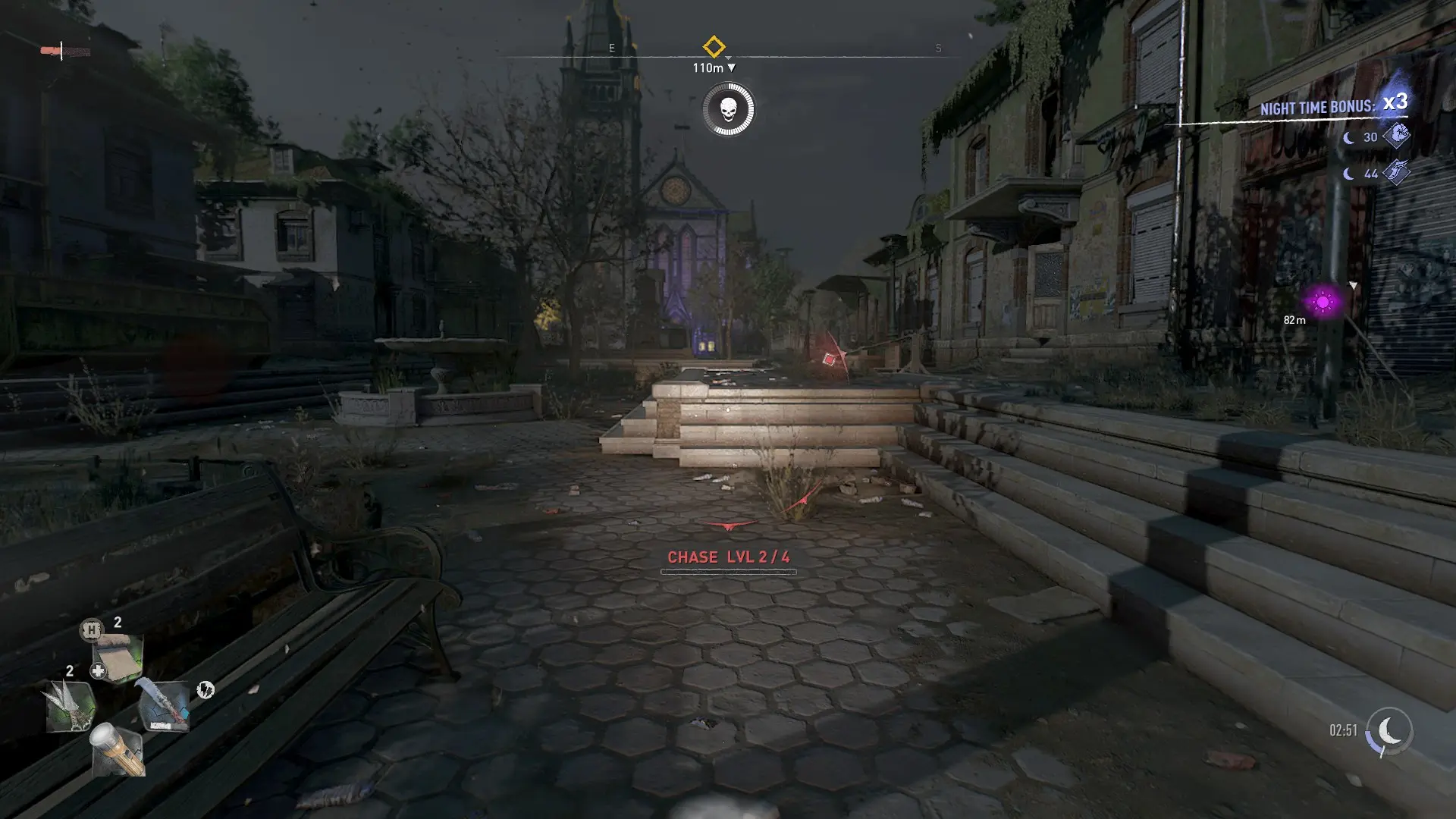
As you can see, Dying Light 2 offers plenty of content and is undoubtedly one of the biggest open-world games we've seen in recent years. The 500 hours that the folks at Techland initially touted may indeed have been a shameless exaggeration, but after the 20-something hours required to complete the game's main story, it's no exaggeration to say that it takes another 40 to discover everything. Certainly, if one places a high emphasis on the time/value for money ratio, Dying Light 2 does not disappoint. Even more so when he can try replaying the story, making different choices along the way. Of course, to avoid misunderstandings, the consequences of our choices are not as developed as they could be like in an AAA RPG game. There is no moral system, there are predetermined points where we can alter the plot's outcome, and in between those, all of our factions behave the same way whether we allied with them or betrayed them a while ago. Let's not be greedy.
On the technical side, Dying Light 2 proves to be particularly impressive. Both the implementation of Villedor, which depicts the decay of a post-apocalyptic world with tremendous success, and the natural environment, with lush vegetation beginning to take its place at the expense of concrete, are in a word, amazing. Especially if you have an RTX card (the author still has the 1660Ti), your eyes will behold a sight like you've never seen before. Equally impressive is the character design, with many details such as the impeccable lip-synch, their excellent facial expressions and lifelike kinematics.
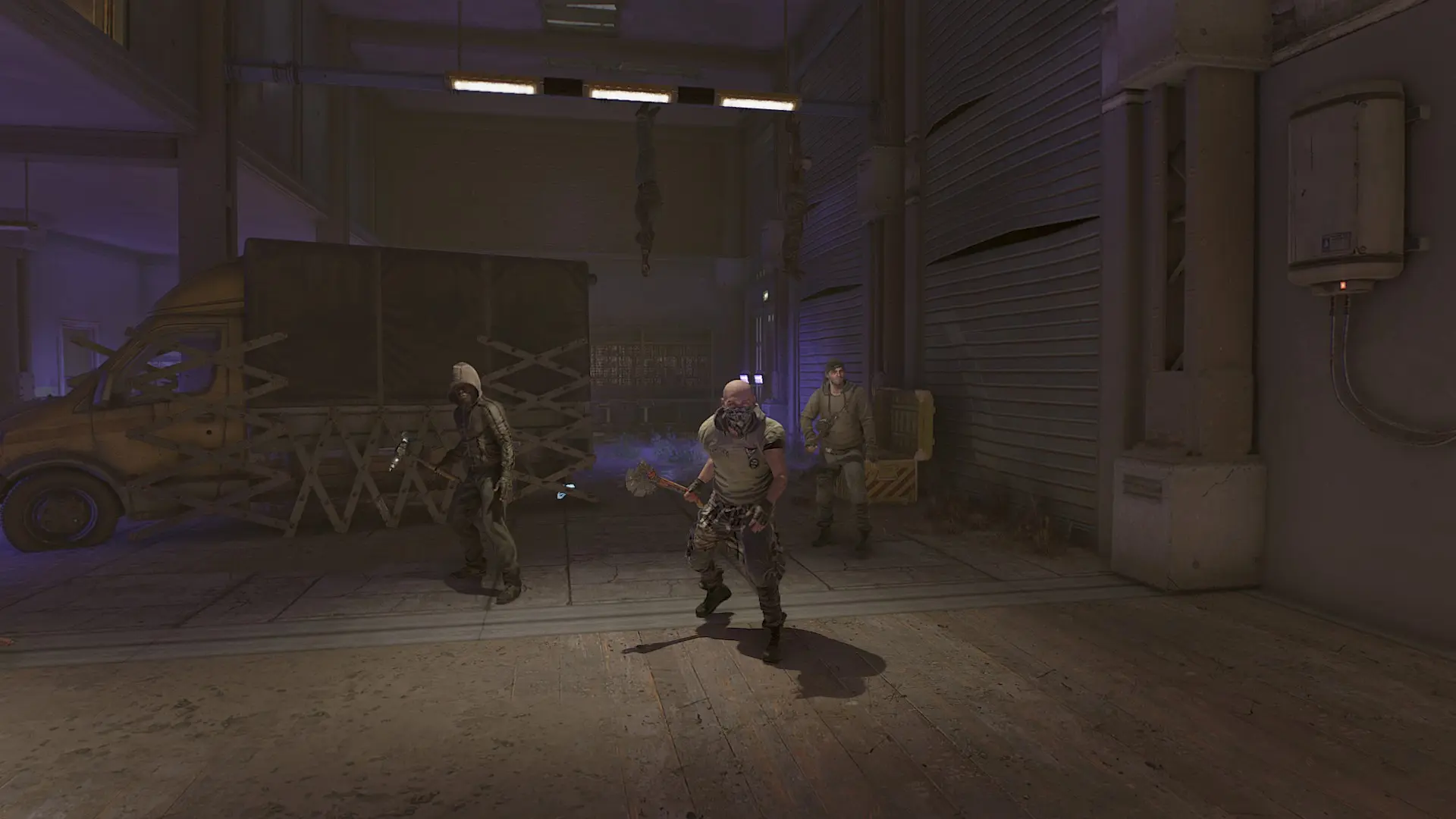
On the other hand, the audio contains what a zombie-game should have: with a great emphasis on the sounds of the environment, which we should learn to decipher in order to avoid surprises and an accompanying soundtrack that raises or lowers the tones properly, whenever the situation requires it. The quality work that has been done is evident and would be even better if some bugs (such as missions not being completed until restart or characters getting stuck in the environment) or a few mishaps like the unstable co-op mode were missing. But we have to give credit to the fact that Techland has acknowledged the problems and releases patches regularly, so it's only a matter of time before the last serious issues are resolved.
In conclusion, Dying Light 2: Stay Human is a game that successfully manages to marry all the clichés of open-world/zombie games in a highly attractive and complete title. The open-world market may have been saturated for years now, but it's hard to see a similar title being released this year that's more fun than Dying Light 2. And I think that's what counts in the end.
We would like to thank Enarxis Dynamic Media for providing the review code.
RATING - 84%
84%
What is human, really?
Easily one of the most fun open-world games to play this year.












FIRST, ΕΜΠ1 και πάμε να το διαβάσουμε τώρα..
Κατατοπιστικό το άρθρο! Απ’όσο θυμάμαι παλαιότερα οι ίδιοι οι devs διαφήμιζαν πως το game μεταβάλεται ανάλογα με τις επιλογές που κάνει ο παίκτης μεταξύ των Factions. Σε ποιο βαθμό αυτο έχει εφαρμοστεί στο game?
Είναι λίγο απλοϊκό το σύστημα με τις factions και με το ποιους θα επιλέξεις να σταθείς, έχει ελάχιστη έως μηδαμινή σημασία.
Οι επιλογές που κάνεις αφορούν κυρίως κάποια κτίρια που μπορείς να καταλάβεις κατά τη διάρκεια του παιχνιδιού (όπως windmills και bandit camps) και μετά να αναθέσεις τη διαχείρισή τους είτε στους Survivors είτε στους Peacekeepers. Άπαξ και το κάνεις, η περιοχή περνάει στα χέρια της εκάστοτε faction και το κέρδος σου είναι ποια bonus θα έχεις, όταν θα κινείσαι στην εν λόγω περιοχή.
Παραδείγματος χάρη, αν αναθέσεις μια περιοχή στους Survirors, τότε θα παρατηρήσεις ότι υπάρχει περισσότερο υλικό για parkour (σκοινιά, βατήρες κλπ) για διευκόλυνση των μετακινήσεων. Αν αντίθετα επιλέξεις τους Peacekeepers, η περιοχή θα περιλαμβάνει περισσότερο “βαρύ” (ας πούμε) εξοπλισμό, όπως παγιδευμένα αυτοκίνητα, ηλεκτρικές παγίδες κλπ.
Έφαγαν τον Avellone και μάλλον όλα αυτά τα φιλόδοξα περί choices and consequences έμειναν στα χαρτιά.
#RELEASEAVELLONECUT
Γκώσαμε με τα ζόμπι, ωστόσο.
“Πουλάνε”, δεν πρόκειται να σταματήσουν, στο άμεσο μέλλον τουλάχιστον.